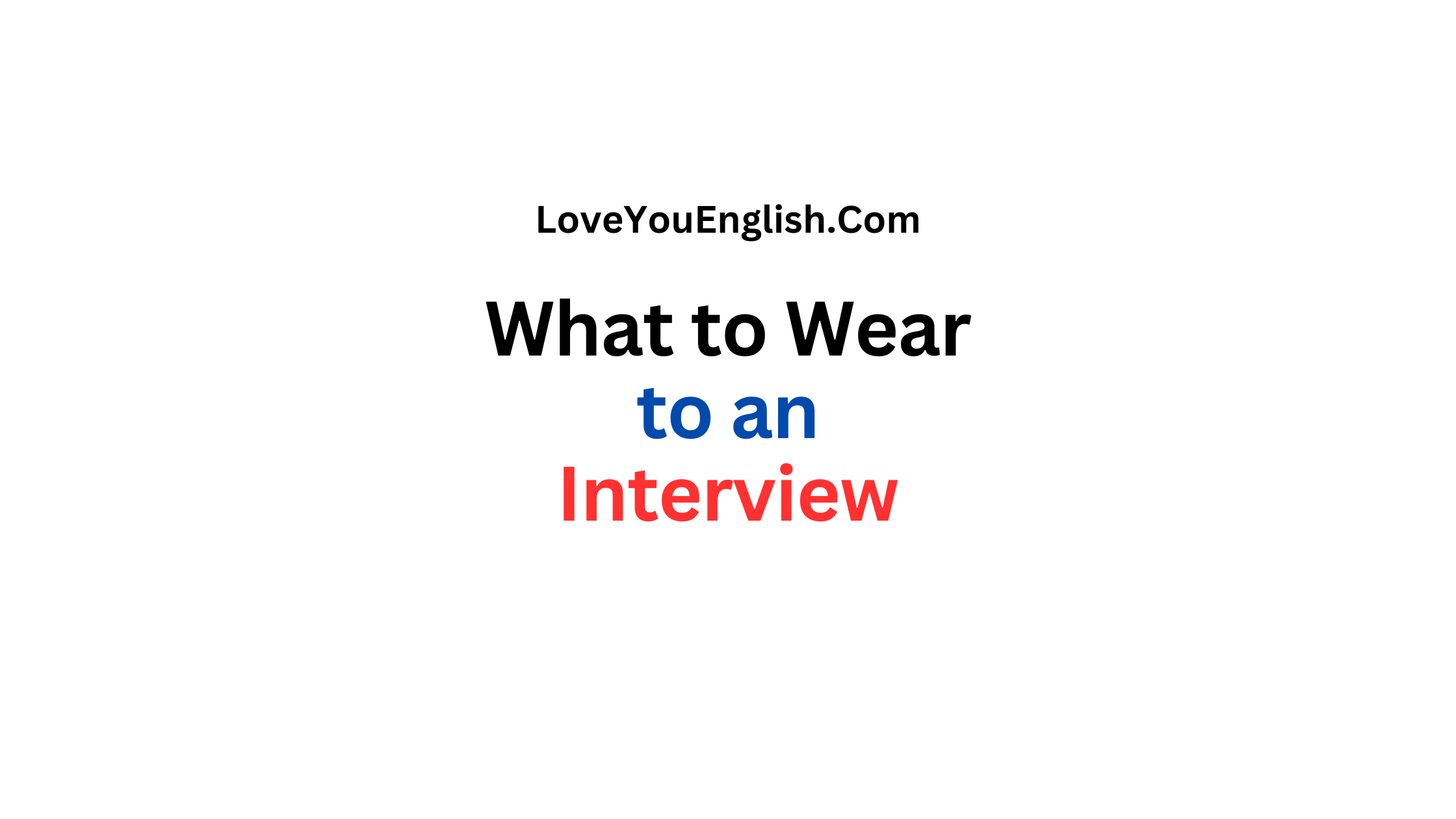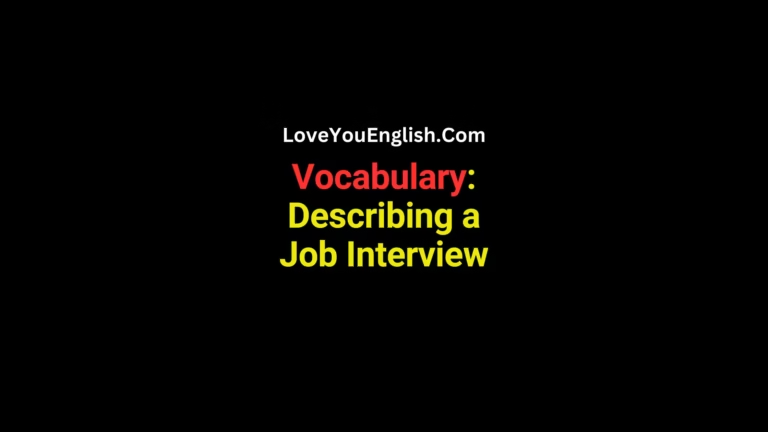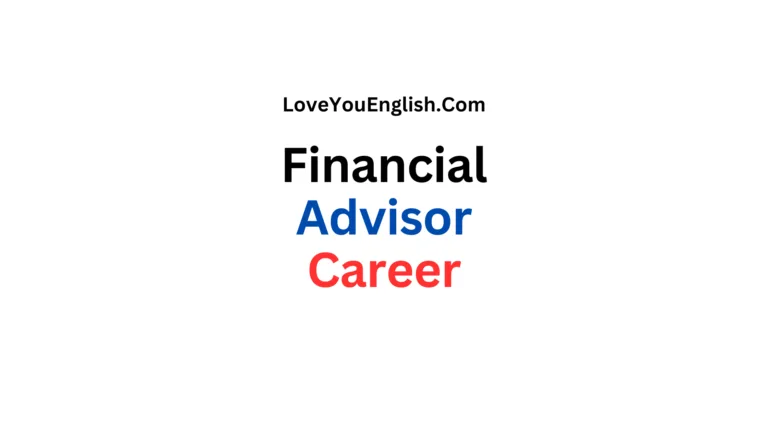What to Wear to an Interview: Nailing the Dress Code
Job interviews are super important, and the first thing people notice is how you look.
Sure, your skills and experience are key, but dressing right can really make a big difference.
It shows that you respect the company and the job, and it proves that you’re a pro who pays attention to the little things.
In this guide, we will look at all the things you should know about dressing for success in job interviews in different industries and dress codes.
We will talk about the basics of interview clothes, how to understand different dress codes, and give suggestions for men and women.
We will also talk about how to change your outfit for different times of the year and interview situations and give some extra tips to help you make a great impression.
The Importance of Dressing Appropriately
Before we dive into the specifics, let’s address why dressing appropriately for an interview is so crucial:
First impressions: Research shows that people form initial impressions within seconds of meeting someone. Your appearance is a significant part of that first impression.
Professionalism: Your attire reflects your level of professionalism and how seriously you take the opportunity.
Company culture fit: Dressing appropriately shows that you’ve done your research and understand the company’s culture.
Confidence boost: When you look good, you feel good. Dressing well can give you a confidence boost, helping you perform better in the interview.
Respect: Putting effort into your appearance demonstrates respect for the interviewer and the company.
Understanding Dress Codes
Different companies and industries have varying expectations when it comes to interview attire.
Here’s a breakdown of common dress codes you might encounter:
Business Formal
This is the most conservative dress code, typically reserved for traditional industries like finance, law, and high-level corporate positions.
For men:
- Dark suit (navy, charcoal, or black)
- White dress shirt
- Conservative tie
- Polished dress shoes
- Dark socks
For women:
- Dark suit (skirt or pantsuit)
- White or light-colored blouse
- Closed-toe dress shoes with a moderate heel
- Minimal jewelry
- Neutral hosiery (if wearing a skirt)
Business Professional
Slightly less formal than business formal, but still conservative and polished.
For men:
- Suit in dark colors or neutral tones
- Dress shirt (white or light colors)
- Tie (can be slightly more colorful than business formal)
- Dress shoes
- Dark socks
For women:
- Suit or tailored dress with a blazer
- Blouse in neutral or soft colors
- Closed-toe dress shoes
- Moderate jewelry
- Optional hosiery
Business Casual
More relaxed than business professional, but still neat and put-together.
For men:
- Slacks or khakis
- Button-down shirt or polo
- Optional blazer or sport coat
- Leather shoes (can be more casual than dress shoes)
- Belt
For women:
- Slacks or knee-length skirt
- Blouse, sweater, or button-down shirt
- Optional blazer or cardigan
- Closed-toe shoes (flats or low heels are acceptable)
- Minimal jewelry
Casual
The most relaxed dress code, but be careful not to underdress.
For men:
- Nice jeans or khakis (no rips or distressing)
- Collared shirt or neat t-shirt
- Optional sweater or light jacket
- Clean, casual shoes (avoid sneakers if possible)
For women:
- Nice jeans, khakis, or casual skirt
- Blouse, sweater, or neat t-shirt
- Optional cardigan or light jacket
- Flats or low heels
- Simple accessories
Dressing for Different Industries
While the dress codes above provide a general guideline, it’s essential to consider the specific industry you’re interviewing for.
Here are some industry-specific tips:
Finance and Law
Stick to business formal or business professional attire. These industries tend to be the most conservative when it comes to dress codes.
Technology and Startups
Often more casual, but don’t underdress. Business casual is usually a safe bet, but research the company culture beforehand.
Creative Industries
There’s more room for personal style but keep it professional. Business casual with a creative twist can work well.
Business casual is typically appropriate but err on the more conservative side for administrative positions.
Business professional for administrative roles, and follow specific guidelines for clinical positions (e.g., closed-toe shoes, no dangling jewelry).
Retail and Hospitality
Business casual is often suitable but consider the specific brand image when choosing your outfit.
Dressing for Different Seasons
Your interview attire should be appropriate for the weather while still maintaining a professional appearance.
Here are some seasonal considerations:
Summer:
- Choose lightweight, breathable fabrics
- Opt for lighter colors (but avoid anything too bright or flashy)
- Women can consider short-sleeved blouses or dresses with appropriate coverage
- Men can choose lighter-weight suits or blazers
Winter:
- Layer with a professional coat or overcoat
- Choose darker colors and heavier fabrics
- Women can wear tights or boots with skirts (ensure boots are professional)
- Men can opt for a sweater under a blazer for added warmth
Spring/Fall:
- Light layers work well for unpredictable weather
- Choose mid-weight fabrics
- Incorporate seasonal colors in a professional way (e.g., a burgundy tie in fall)
More professional development:
- How to Concentrate on Studies | 10 Useful Methods
- Interview Etiquette: Top 10 Rules to Follow
- How to Be Confident in an Interview (and Not Arrogant)
- 19 Essential Email Etiquette Rules for Professional Communication
- What is Internal Networking? Building Professional Relationships
Adapting to Different Interview Settings
The location and format of your interview can also influence your outfit choice:
In-person office interview: Follow the dress code guidelines based on the company and industry.
Video interview:
- Choose solid colors that look good on camera (avoid busy patterns)
- Pay attention to your background and lighting
- Dress professionally from head to toe, in case you need to stand up
Informal meeting (e.g., coffee shop): Still dress professionally, but you can be slightly more casual. Business casual is usually appropriate.
Group interview: Dress on the more formal side to stand out positively among other candidates.
Site visit or tour: Consider practical aspects (e.g., comfortable shoes for walking, layers for temperature changes) while maintaining a professional appearance.
Grooming and Accessories
Your outfit is just one part of your overall appearance.
Pay attention to these grooming and accessory details:
For everyone:
- Ensure your clothes are clean, pressed, and fit well
- Pay attention to personal hygiene (clean nails, fresh breath, etc.)
- Use minimal, if any, fragrance
- Carry a professional bag or portfolio
For men:
- Get a recent haircut
- Shave or groom facial hair neatly
- Ensure nails are clean and trimmed
- Choose a professional watch (if wearing one)
- Polish your shoes
For women:
- Style hair neatly (consider pulling it back if it’s long)
- Apply minimal, natural-looking makeup
- Choose subtle nail polish (if any)
- Wear comfortable, professional shoes
- Keep jewelry simple and minimal
What to Avoid
Regardless of the dress code or industry, there are some things you should always avoid in an interview setting:
- Overly revealing or tight clothing
- Excessive jewelry or accessories
- Strong perfumes or colognes
- Wrinkled, stained, or ill-fitting clothing
- Flashy or distracting patterns
- Casual footwear (flip-flops, sneakers, etc.)
- Visible undergarments
- Political or controversial slogans or imagery
- Excessive makeup or elaborate hairstyles
- Chipped nail polish or overly long nails
Tips for Success
To ensure you nail the dress code and make the best impression, consider these additional tips:
Research the company: Look at the company’s website, social media, and employee photos to get a sense of their dress code.
When in doubt, overdress slightly: It’s better to be slightly overdressed than underdressed.
Do a dress rehearsal: Try on your outfit a few days before the interview to ensure everything fits and looks good together.
Prepare a backup outfit: Have a second option ready in case of last-minute issues (e.g., a stain or tear).
Check for details: Ensure there are no loose threads, missing buttons, or visible tags.
Break in new shoes: If you’ve bought new shoes for the interview, wear them around the house to avoid discomfort.
Consider the commute: If you’re traveling far or using public transportation, consider how your outfit will hold up.
Bring touch-up supplies: Pack a small kit with essentials like a lint roller, stain remover pen, and mints.
Be mindful of accessories: Choose a professional watch, simple jewelry, and a quality pen to complete your look.
Focus on fit: Well-fitting clothes can elevate even a simple outfit, so consider getting key pieces tailored if necessary.
Building Your Interview Wardrobe
Investing in a few key pieces can help you build a versatile interview wardrobe:
For men:
- A well-fitted dark suit
- A selection of dress shirts in neutral colors
- A few conservative ties
- A pair of quality dress shoes
- A professional belt
- Dark socks
For women:
- A tailored blazer
- A few blouses in neutral colors
- Dress pants or a knee-length skirt
- A professional dress
- Closed-toe dress shoes
- A simple necklace and earrings
Gender-Neutral Options
For those who prefer gender-neutral clothing options, consider these professional alternatives:
- Tailored slacks or chinos
- Button-down shirts in neutral colors
- Blazers or structured jackets
- Sweaters or cardigans
- Oxfords or loafers
- Simple, professional accessories
Dressing for Success on a Budget
You don’t need to break the bank to dress professionally for an interview.
Here are some tips for looking great on a budget:
Shop secondhand: Look for quality pieces at thrift stores or online marketplaces.
Rent outfits: Consider renting a suit or professional outfit for one-time use.
Invest in basics: Focus on versatile pieces that can be mixed and matched.
Look for sales: Shop end-of-season sales for discounts on professional wear.
Borrow from friends or family: If you have a similar-sized friend or relative, consider borrowing an item or two.
Focus on fit: Well-fitting, less expensive clothes often look better than ill-fitting designer pieces.
Making a Lasting Impression
Remember, while your outfit is important, it’s just one part of the overall impression you make.
Pair your professional appearance with:
- A positive attitude
- Confident body language
- A firm handshake
- Eye contact
- Active listening skills
- Well-prepared responses to common interview questions
By combining a polished, appropriate outfit with these qualities, you’ll be well on your way to making a great impression and increasing your chances of landing the job.
Conclusion
It’s super important to dress right for an interview so you seem like a pro and a good fit for the job.
Make sure you know what to wear, follow the rules for your industry, and pay attention to all the little things.
You want to look sharp, professional, and like you belong at the company.
When you’re feeling good about how you look, you can focus on showing off your skills, experience, and personality – the stuff that really matters for getting the job you want.
Keep these tips in mind and you’ll be ready to ace the dress code for any interview, leaving a great first impression and getting closer to landing your dream job.
Good luck!





